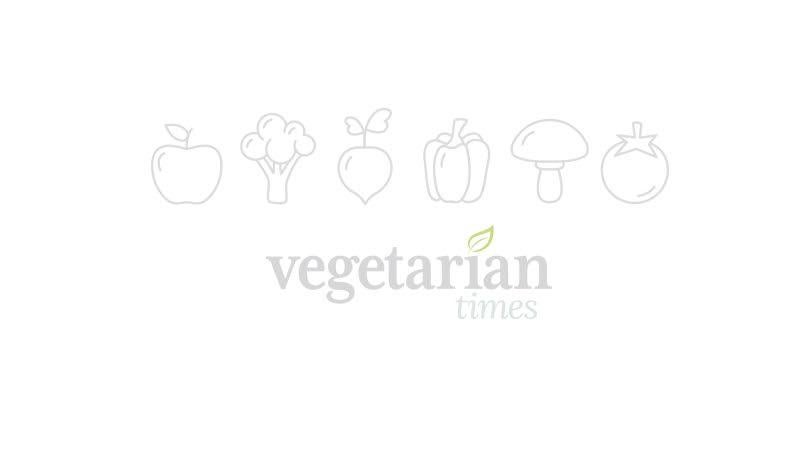Is there a downside to drinking wine?

Did we mention calories? A 3.5-ounce serving of wine has about 70–75 calories. Keep in mind that the average wineglass holds 8 ounces or more, so usually a serving means a glass should be half full or less. Alcohol, by the way, is not considered a food, so it isn’t covered by any of the nutrition labeling laws.
Also, a couple of substances in wine give some people headaches—sulfites, for one. These compounds occur naturally in grape skins, and some people react to them.But sulfites actually have a couple of purposes: They prevent microbial growth and prolong wine’s shelf life. Wine can be made without sulfites, but it’s complicated, and the finished product lasts only 18 months or so. This is fine if you like “young” wines such as Chardonnay. The second potential troublemaker: tannins, which are bitter substances used by certain plants to dissuade animals from gnawing on them. Ironically, humans like the taste of tannins, even though in some unlucky people they can trigger not just headaches but full-blown migraines.